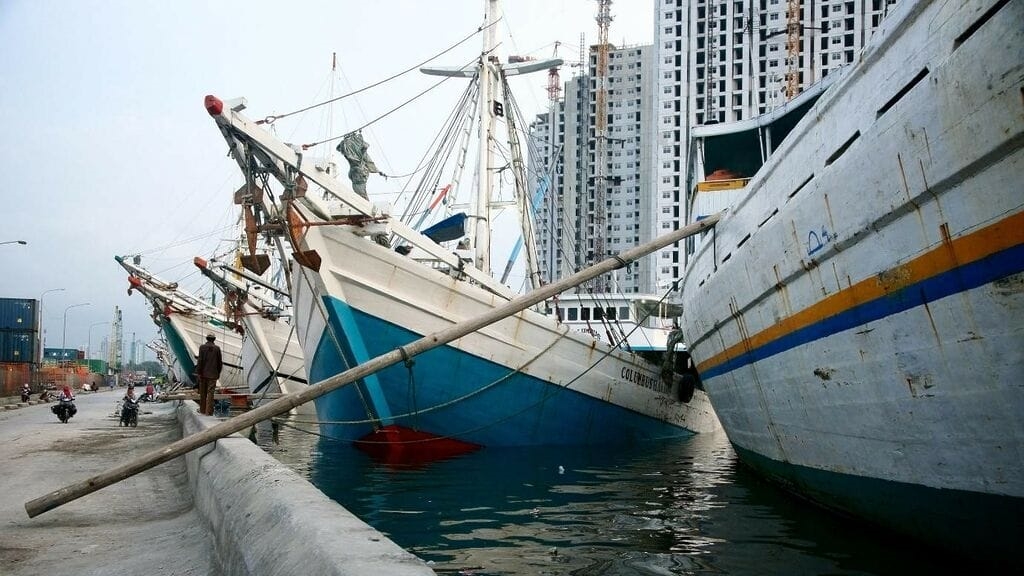Sunda Kelapa Harbor: A Gateway to Jakarta’s Past
Sunda Kelapa Harbor, located in the bustling city of Jakarta, Indonesia, is a place where history and modernity converge. This ancient port has been a vital part of Jakarta’s maritime history for centuries, serving as a key trading hub long before the city became the sprawling metropolis it is today. For those interested in exploring Jakarta’s rich past, Sunda Kelapa offers a unique glimpse into the city’s origins and its evolution over time.
Historical Significance
Sunda Kelapa Harbor dates back to the 12th century when it was a major trading port for the Sunda Kingdom. It was strategically located, making it an ideal spot for trade between the Indonesian archipelago and other parts of Asia, including China and India. The harbor was a bustling center of commerce, with traders exchanging spices, textiles, and other goods. This vibrant trade network laid the foundation for Jakarta’s growth and development.
In the 16th century, Sunda Kelapa caught the attention of European powers. The Portuguese were the first Europeans to arrive, followed by the Dutch, who eventually took control of the port. The Dutch East India Company (VOC) established a stronghold here, and Sunda Kelapa became a crucial part of their trading empire. The harbor’s historical significance is evident in the remnants of colonial architecture and the stories of maritime adventures that still linger in the air.
Exploring the Harbor Today
Visiting Sunda Kelapa Harbor today is like stepping back in time. The harbor is still active, with traditional wooden schooners known as “pinisi” lining the docks. These majestic ships, with their towering masts and colorful sails, are a testament to Indonesia’s rich maritime heritage. Watching the pinisi being loaded and unloaded is a fascinating experience, offering a glimpse into the daily life of the harbor workers.
For those interested in history, the nearby Maritime Museum is a must-visit. Housed in a former Dutch warehouse, the museum showcases Indonesia’s maritime history through a collection of artifacts, maps, and models of traditional boats. The museum provides valuable context for understanding the significance of Sunda Kelapa and its role in shaping Jakarta’s history.
Practical Tips for Visitors
If you’re planning a visit to Sunda Kelapa Harbor, here are some practical tips to make the most of your experience:
- Getting There: Sunda Kelapa is located in North Jakarta, and the easiest way to reach the harbor is by taxi or ride-sharing services. Public transportation options are available, but they may require multiple transfers.
- Best Time to Visit: The harbor is open year-round, but the best time to visit is during the dry season, from May to September. This period offers pleasant weather, making it ideal for exploring the harbor and its surroundings.
- What to Bring: Wear comfortable clothing and sturdy shoes, as you’ll be walking on uneven surfaces. Don’t forget to bring a hat, sunglasses, and sunscreen to protect yourself from the sun. A camera is a must to capture the picturesque scenes of the pinisi and the harbor.
- Local Etiquette: While visiting the harbor, be respectful of the workers and their space. It’s a working port, so be mindful of your surroundings and avoid obstructing their activities.
Sunda Kelapa Harbor is more than just a historical site; it’s a living testament to Jakarta’s maritime legacy. Whether you’re a history enthusiast or simply curious about the city’s past, a visit to this iconic harbor offers a unique and enriching experience.
